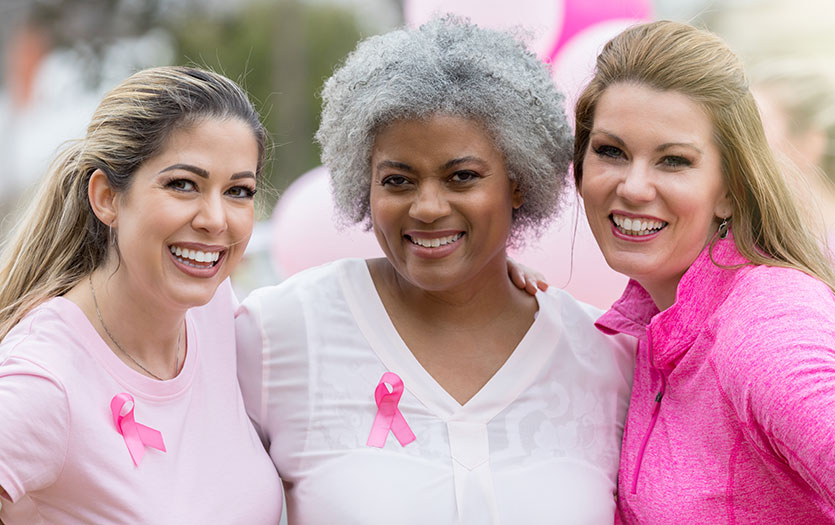
Paige Tiernon, CNM, PPG – OB/GYN, offers recommendations for getting your significant other or support person involved in the labor and delivery process, from planning to the moment your little one arrives.
What conversations can I have with my partner or support person before delivery day so that we have a clear understanding of what would be helpful/soothing?
The birth partner role starts well before the mother is actually in labor. During the last weeks of pregnancy, it’s important for your support person to understand what role they will play as your partner before, during and after birth. Taking a birthing class can help your partner understand the phases of labor and things that may be helpful to you during each phase. Birthing classes or a hospital tour are a great way to open up conversations and expectations for labor.
Before the big day, partners can help prepare for their labor role by learning about the labor process, introspection, discussions with the pregnant mother and helping with last-minute preparations. It’s best to have conversations about delivery day prior to the big event. This alleviates stress by making everyone feel more prepared when the time to deliver comes.
What are some specific items/tasks my partner can be responsible for once labor begins?
Once active labor begins, the role of the partner becomes extremely important. It will be crucial for your partner to have a good understanding of the stages of labor, including pre-labor, early labor, active labor, pushing and the immediate postpartum stage. Once early labor begins, your partner should remain close by, supply you with food and drink, help you relax, be conscious of the time between contractions and help you pass the time with distracting activities.
Once in active labor, how can my partner help during contractions?
Once active labor begins, the partner can help by giving their undivided attention throughout each contraction. They should encourage slow, rhythmic breathing through comforting touch and verbal encouragement. They can watch during the contraction to see if the mother is tense and to encourage or remind her to relax her entire body during each contraction. The birth partner can also help with comfort measures or position changes, so a good understanding of what can be useful to a mother in labor is beneficial. A birthing class will also give your partner great ways to help you with position changes, massage or movements that may be helpful during contractions.
How can a partner help between contractions?
After a contraction ends, the partner can help by giving the mother verbal encouragement and helping her relax with a final out-breath. Rubbing her shoulders may help with relaxation as well. Between contractions is also a great time to offer her liquids or encourage position changes.
How can my partner help to create a calm environment?
A partner can help to create a calm environment by staying calm themselves. Their touch should be firm and confident. Their voice should remain calm and encouraging, and they should try to keep a confident expression on their face. The mother might also enjoy music, aromatherapy, candles or calming dimmed lights. Try not to take it personally if the mother criticizes you or tells you to stop doing something you thought may be helpful.
Once delivery begins, how can my partner be involved?
During the pushing phase, the mother works very hard. This is a great time to stay close, be involved and help the care team. One thing the partner can do is help support the mother into a pushing position or help support a leg during pushing if the mother has an epidural. The nurse or provider will help involve you during this stage. Again, this is a great time to offer words of encouragement, offer sips of water or ice chips, apply a cool rag to her forehead and keep a calm environment. As always, it’s great to match the mother’s mood during this time!
What advice would you give to a partner to help capture memories for both the mother and him/herself?
It can be difficult to focus on capturing memories during the birth of your baby. With many distractions, taking videos or pictures may be challenging while in the moment and may take away focus from the mother. You can always ask a care team member to snap a few pictures if they have a moment. Finding yourself and your partner in the moment, being present in that moment can be an everlasting snapshot in time that you can revisit forever.
What advice would you give to a partner if he/she has anxiety about delivery? How can they put that aside and still show up and offer support?
Anxiety about delivery is perfectly normal. Labor can be long, tiring and stressful for the mother, as well as for the birth partner. It is important for the mother’s partner to take time to take care of themselves as well. They should make sure they have access to quick snacks, water and caffeine! A reassuring, calm and confident demeanor from the partner can do wonders for a mother laboring. Be present and mindful of your laboring partner.
To learn more about Parkview's Certified Nurse Midwife Program, visit us here or watch this recent video.



